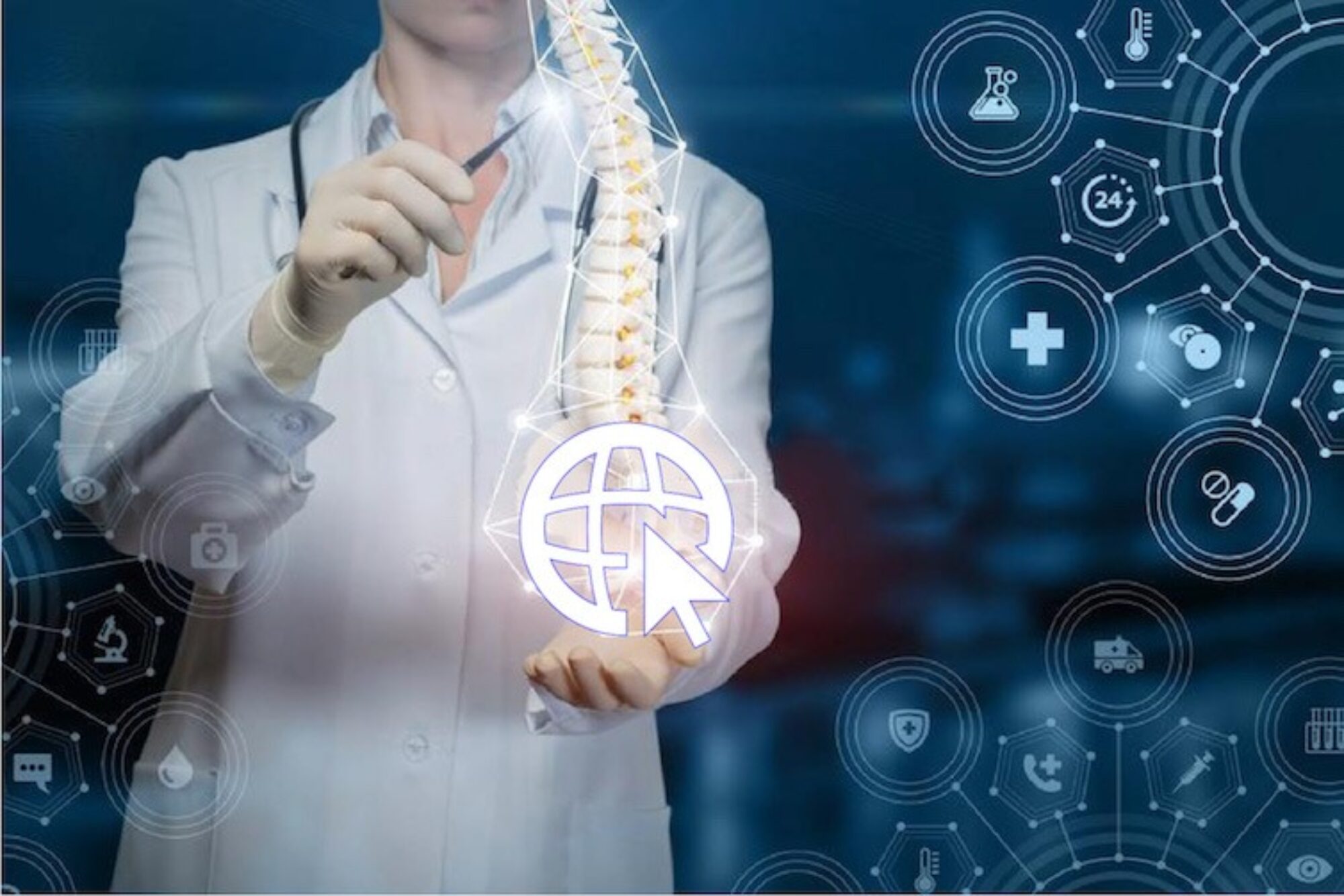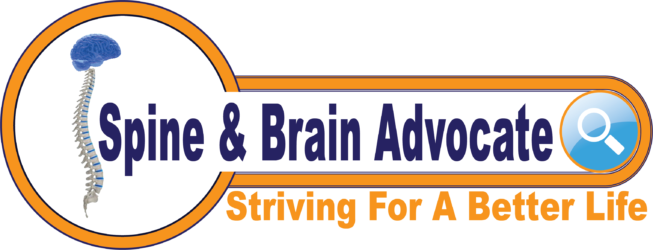ACTIVE CONSERVATIVE TREATMENT OF ATLANTOAXIAL SUBLUXATION (Atlantoaxial Instability (AAI)*) IN RHEUMATOID ARTHRITIS
Reference Finland 1998
“Twenty patients with rheumatoid atlantoaxial subluxation (AAS) underwent an active conservative treatment programme, aiming at relieving the symptoms and influencing the natural course of AAS/AAI…. Cervical pain was significantly reduced (P<0.001) during the first intervention, and the favourable effect continued at least 12 months. Promising changes were also seen in some cervical radiographs. It is possible to educate and motivate AAS/AAI patients to take active care of their neck, and to relieve their chronic neck pain significantly. Atlantoaxial instability may also be reduced during active conservative treatment…. In three cases, the instability had been reduced by 3 mm during the follow-up.
The treatment consists of elements: patient education, physiotherapy, collars, practical aids, symptomatic treatments and active disease-modifying medication.
Patient Education: Cervical spine anatomy and a main point is that the flexion position is harmful in cases with unstable AAS/AAI and patients should avoid it. Ergonomics was also taught.
We conclude that it is possible to educate and motivate AAS/AAI patients to take active care of their neck, relieve their chronic cervical pain and probably influence the natural course of the rheumatoid cervical spine…to prevent complications and to reduce the need for operative treatment.”
PHYSIOTHERAPY
Physiotherapy was given individually and each patient received individual instructions for home exercises. Cervical pains in AAI cases are mostly of muscular origin and thus the treatment is aimed at reducing muscular tension and inducing their fitness.
We suppose that the six small muscles of the occipital triangle are especially important in AAS/AAI. They interconnect the occipital bone, atlas and axis, and extend and rotate the head, but are also postural muscles responsible for fine movements of the head and the cooperate with the eye muscles. Much effort was aimed at the strength and endurance of these and their antagonists, the deep flexors. Isometric or only slightly dynamic exercises (flexion, extension, rotation) against compliant resistance such as a finger…. exercises of the larger neck and shoulder muscles were also performed, but dynamic flexion and maximal rotation were avoided.
One aim was the maintenance of good posture, and exercises were performed to improve the posture of the entire body, as well as of the neck. Muscle relaxation methods were also taught to the patients. ”
Note: Here is a video of Upper CERVICAL SPINE STABILIZATION: Best Exercises for CRANIOCERVICAL Instability | C0-C1 and C1-C2 by Movement and Function. As always, consult with your treating healthcare provider prior to completing these exercises.
HARD CERVICAL COLLAR
“A stiff custom-made collar was made for each patient; the instructions for use have been published earlier.”
Note: Learning About Hard Cervical Collars from Alberta, Canada Health Network
PRACTICAL AIDS
“Practical aids, such as book rests were shown and recommended to the patients as part of their ergonomic education.” (*we image that today (2020s) cell phone, tablet and laptop holders may be added or replace book rests)
SYMPTOMATIC MEDICATION
“In several cases local corticosteroids were injected into the painful muscle insertions in the occipital and neck areas, while muscular tension was also usually reduced by gentle massage….Corticosteroid injections were given to inflamed extremity joints in several cases.
(**Caution on corticosteroid injections: “Corticosteroids constitute a double-edged sword – significant benefit with a low incidence of adverse effects can be expected if used in proper dosage and for a limited duration; however, wrong dose and/or duration and unmindful withdrawal after prolonged administration can have catastrophic effects.”)
“Disease-modifying medication was changed to more active therapy. ”
REHABILITATION EXERCISES
“The patients also participated in more general rehabilitation exercises, e.g. water gymnastics, etc.”

